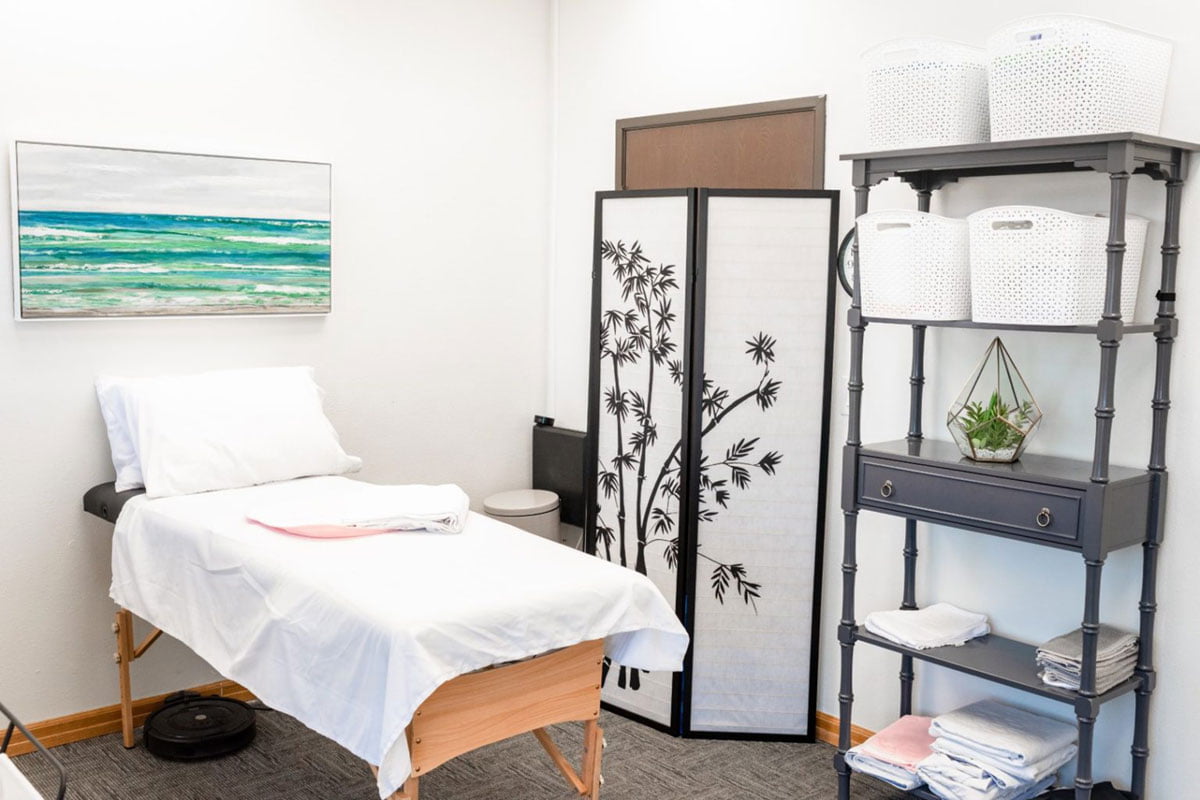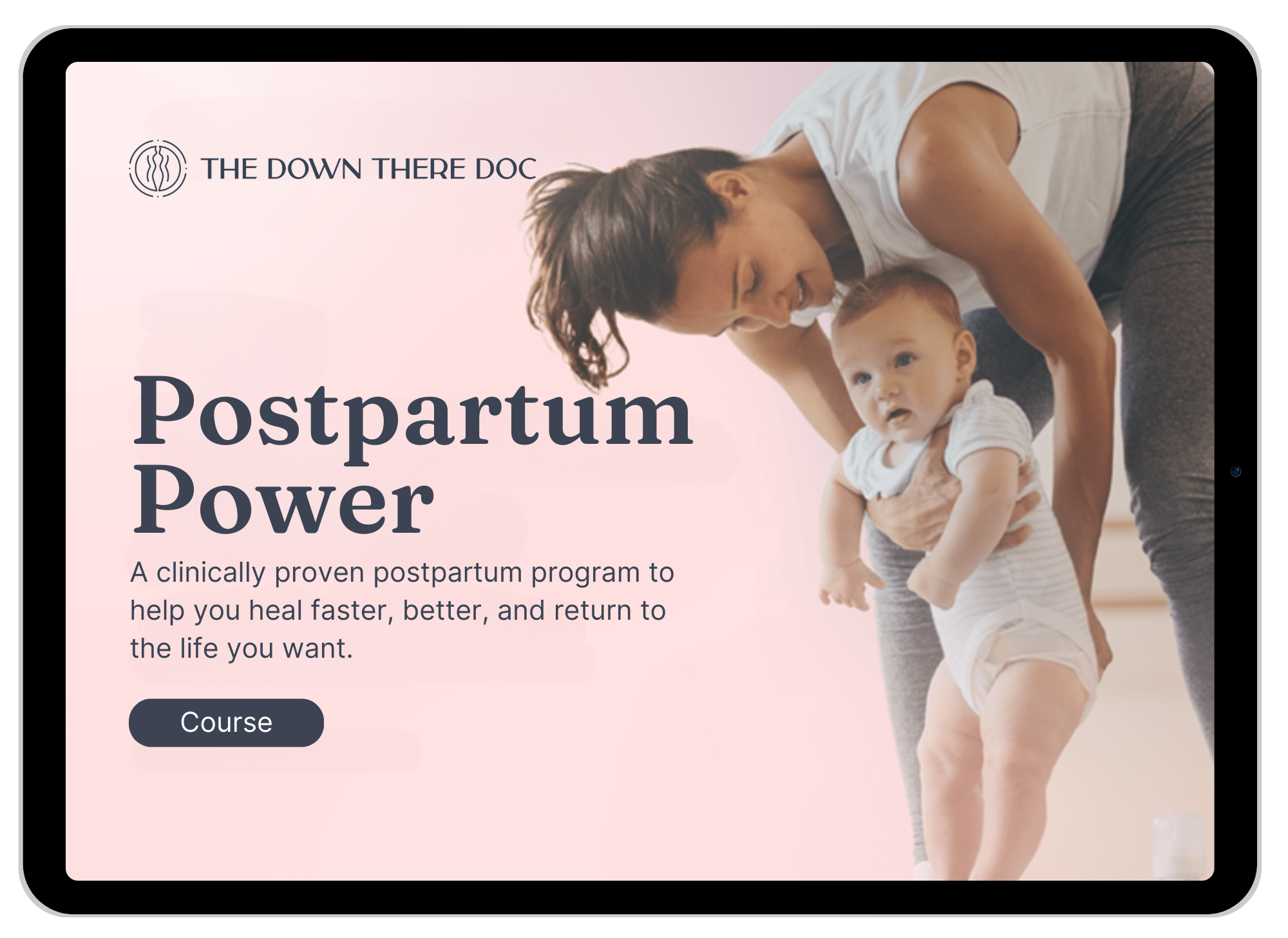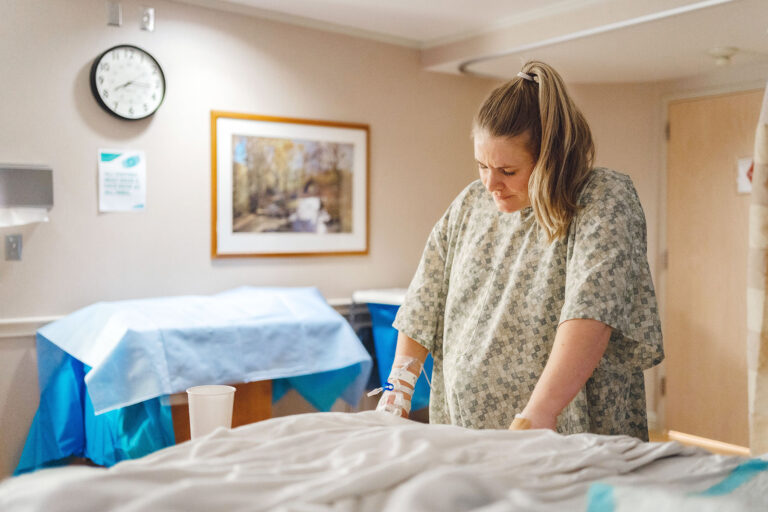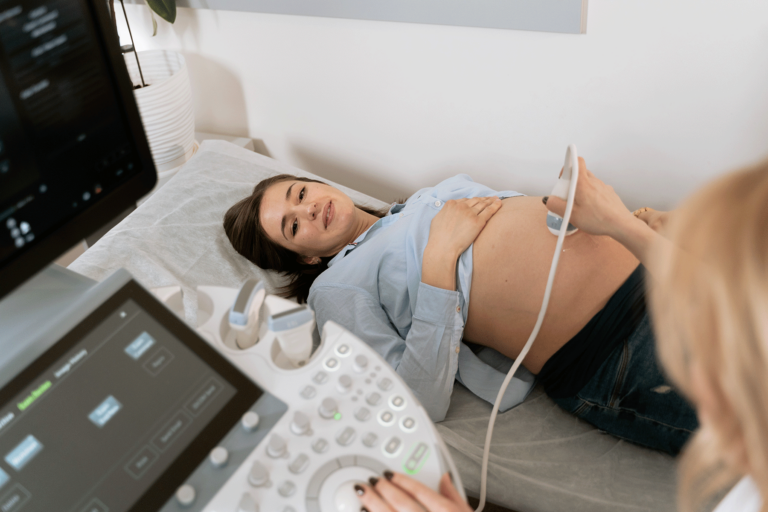The word episiotomy strikes fear in the heart of many women. We hear the horror stories, and dearly hope that this procedure doesn’t become part of our well-crafted birthing plan. Let’s take that fear and talk it out, shall we?
A Look Back In Time
From about 1920 until the early 2000s, episiotomies were considered standard practice, and more than half of all women would undergo this procedure during childbirth. Doctors considered it medically necessary to prevent tearing, and believed it was easier to repair a perineal incision than repair vaginal tearing.
The good news is that the vast majority of medical professionals no longer perform episiotomies on patients unless they are absolutely necessary. In fact, back in 1979, about 60% of all deliveries included an episiotomy, while that number was less than 12% in 2012. By the 1980s and 1990s, more and more research showed that routine episiotomies weren’t just unnecessary; they tended to cause more problems than they solved.
See Also
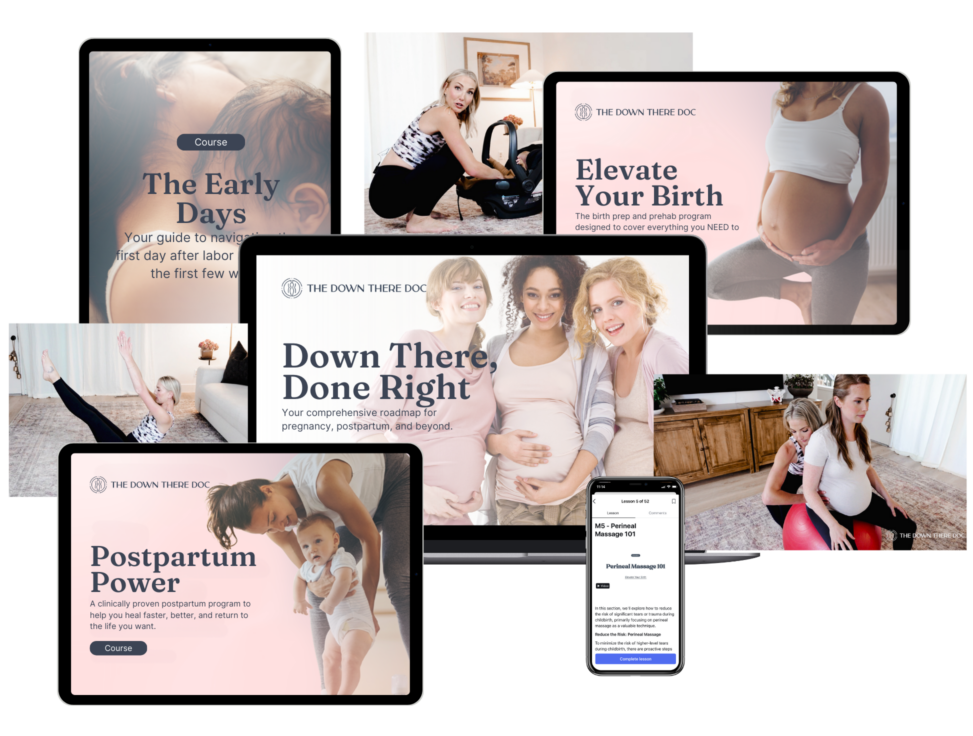
Are Episiotomies Necessary?
To be fair, there are cases where an episiotomy is a medically necessary procedure. For instance, if a baby’s shoulders or head become stuck in the birth canal, this incision can make delivery safer and easier.
Additionally, if the doctor notes that your baby’s heart rate is unstable, an episiotomy might be the best option to ensure a faster, easier delivery so that the problem can be addressed quickly. Likewise, if a doctor needs to use forceps or vacuum for delivery, you probably will end up with an episiotomy.
Before you start panicking, it good to note that only about 3% of all vaginal deliveries require the use of an operative vaginal approach (i.e. forceps or vacuum). It happens, but rarely, and you are far more likely to experience a perfectly straightforward childbirth scenario. Tearing is something that many women experience, but often these are what we call “first-degree” tears and they can heal quite easily on their own, in most cases.
Can You Prevent An Episiotomy?
While there’s no way to completely eliminate the need for an episiotomy, there are a few ways to improve your odds for bypassing this procedure. My strongest recommendation is to begin by talking to your OB/GYN. These days, most docs aren’t jumping up and down in favor of episiotomies, but there are a few that kick it old school.
The trick is to find a doctor that truly listens to your concerns and shares your opinion about the efficacy of episiotomies. You definitely want to find a doc that stresses they won’t consider an episiotomy unless it’s medically necessary, and there are plenty of these doctors out there.
If you feel uncomfortable with your OB, please consider looking around for another doctor. As an expectant mother, you need (DESERVE) the support of a great OB, and this can make a huge difference in how your pregnancy progresses, as well as your delivery and postpartum recovery.
Perineal massage is another option to consider, especially first-time moms. Doctors or doulas can help with this on delivery day, but typically around the 35th week of pregnancy this is something you can do by yourself at home once a week. Or, come into our office and we can show you how to do this massage correctly and add it into your program and treatment for birth prep. While it’s not a guarantee, there are studies that show perineal massage can reduce your risk of tearing or episiotomy, especially for a first-time delivery.
During delivery, the application of a warm compress to the perineum also can help those tissues stretch and prevent tearing or the need for an episiotomy. Warm compresses also can help ease back pain, neck pain and pelvic pain during labor and delivery. Your doula or partner or a birthing attendant can help apply these warm compresses.
What If I Have An Episiotomy?
Ok, it happens, and we hear all the time that the most important thing is that baby and mom are safe and healthy. That’s true, and sometimes an episiotomy is the best practice to ensure a good outcome. Still, if you’ve had the episiotomy, there are some things you can do to reduce discomfort and speed up the healing.
But, first a word about something you may or may not know about. Some of my clients talk to me about what is known as “The Husband Stitch.” Ok, we seriously need to talk about why this is even something that actually happens in this day and age.
Some doctors (although very few these days) would stitch up the perineum a bit tighter than necessary. The reason? Well, it was to ensure that our partners still had a pleasurable experience during sex in case our vajayjay got a little, shall we say, looser, after childbirth.
Just on the surface, there are just so many reasons why this is horrifying and wrong. For one thing, the focus of every doctor should be on providing a patient with the best possible care that leads to the most positive recovery. This extra stitching led many women to experience pain during sex, sometimes severe pain.
And, um, hello, if you have pain during sex, you aren’t going to be particularly enthusiastic about having sex at all, so it sort of defeats the purpose. Trust me; your partner doesn’t want sex to be painful for you.
Anyway, if you’re worried about “The Husband Stitch,” it’s really not something that happens anymore. Feel free to express your concerns to your OB, who probably will bend over backwards to ensure you that they, too, find this practice barbaric. If your doctor hesitates and tries to defend this practice, find another OB as soon as possible. All women on this earth deserve better care than a doctor that’s more concerned with their patient’s partner’s sexual pleasure than with their patient’s outcome.
How To Relieve Episiotomy Pain
So, you’ve had an episiotomy, what now? Sometimes, the recovery is pretty straightforward. We all experience pain and discomfort immediately following childbirth and some women with episiotomies will recover quickly and experience no long-term pain or pain during sex. Typically, within about three weeks after birth, most pain or discomfort should be gone.
If the pain is still present, check with your doctor to make sure all is well, and then come in for physical therapy with us (or another PT) once you’re cleared. Usually, when you’ve hit the six or eight-week mark, it’s safe to visit your PT, and we can start helping you feel better.
But, there are some easy ways to speed up healing, although you might need to enlist the support of your partner, your mom, your partner’s mom or friends and other family. What women truly need after childbirth is rest and support. They need to be able to simply relax and let their bodies heal.
We shouldn’t be doing laundry, cooking meals, cleaning house and handling a thousand chores in the weeks following childbirth. If people offer to help, let them. Let people take your other children to the park, fold your laundry or bring you meals. People love to help, and you need some time.
Ok, back to pain. I’ve written a previous blog about postpartum care, and many of the tips apply to moms who’ve undergone episiotomies. You can check out that article here. Postpartum Recovery: 6 Post-Hospital Essentials.
Definitely check out that blog, but in general, one option is the use of ice packs. These are amazing! You’ll definitely enjoy a few of these in the hospital in the hours and days following childbirth, but there are plenty of ice pack options available for women after they come back home. Do not underestimate the power of the ice pack! It’s amazing.
Sitz baths are another fantastic option for all postpartum mommies, especially those with episiotomies. This is a warm, shallow bath that allows you to relieve some of the itching and discomfort associated with childbirth and stitches. There are even sitz bath options that you can place on the toilet seat, to providing a cleansing and pain relief option after you go to the bathroom.
Let’s face it, going to the bathroom after childbirth isn’t exactly easy, but a sitz bath can lessen pain and ensure cleanliness. When you have a bowel movement, consider wiping with baby wipes or medicated pads. A peri bottle also can be used to help clean and this eliminates the need for using wipe or toilet paper on that delicate area. A sitz bath after a bowel movement can really help, especially during the first week or so after childbirth.
Postpartum Care Is A Necessity!
While women’s health care has come a long way in the last few decades, in the United States, our approach to obstetrics tends to be sadly lacking, especially when you consider the high level of care provided to women in countries such as France, which really understands the benefits of care during all stages of pregnancy – during pregnancy, during delivery & post-partum.
Do not, for one second, believe that you don’t deserve the best postpartum care. Naturally, we are focused on our new baby, a beautiful miracle that we love with all our heart and soul. However, as mommies, aren’t we better able to parent and nurture if we address our postpartum needs?
How can a mom be at her best, when she’s uncomfortable and in pain? When we focus on postpartum care, we speed up healing and make this self-care makes it easier for us to be caregivers. Our bodies are amazing; we grow and deliver actual human beings. Just think about how amazing that is for a second. Don’t our bodies (and our souls) deserve a little postpartum care after we bring a new life into the world? Yes, yes, yes, we do!
How We Can Help
If you’ve had an episiotomy, and you are still experiencing pain or discomfort in the weeks following childbirth, give our office a call. We also can help postpartum mommies with C-section pain, incontinence, painful intercourse, pelvic pain or any other issue commonly associated with childbirth.
People may tell you that episiotomy pain is normal, but while many women experience pain, severe itching and other types of discomfort, this can be alleviated, and we can help. Just because a symptom is common or seemingly “normal,” this doesn’t mean we can’t help you feel better.
Think of it this way: If you have asthma and are wheezing, this is a normal symptom, but you don’t simply sit around and continue wheezing. Typically, there are medications or breathing techniques that you will use to alleviate the problem.
It’s the same with postpartum issues. Episiotomy pain may be common, but that doesn’t mean we can’t make it go away or reduce the discomfort. Incontinence also might be a common side effect of childbirth, but you don’t have to just deal with it and think it’s the new norm.
Of course, if you are still pregnant, this is an ideal time to schedule an appointment. We don’t just provide episiotomy and postpartum care; we can help you ease the discomfort of pregnancy and better prepare for childbirth and recovery. Armed with an arsenal of postpartum recovery tools, you’ll find that the entire birthing process is much easier and less stressful.

